Major aspects and results of sweet cherry and sour cherry breeding
Author: Zsuzsanna Békefi
3.1. Origin, involvement into cultivation and first breeding steps of sweet and sour cherry
The gene centre of sweet cherry (Prunus avium L.) and sour cherry (Prunus cerasus L.) is situated on the present territory of Asia Minor, Iran, Iraq and Syria. Eucerasus species group involves more than 30 species, all of them are native in Europe and in Asia. The most important species are P. avium, P. cerasus, P. fruticosa (ground cherry), P. mahaleb (mahaleb cherry), P. pseudocerasus, they often make crosses between each other. The so-called Duke cherries are hybrids of sweet cherry and sour cherry.
Sour cherry is the natural allotetraploid hybrid of sweet cherry and ground cherry. A lot of variants developed from this crossing between the two species, which is the origin of the high genetic variability of sour cherry. Sour cherry is tetraploid, therefore gametes are often formed with an unbalanced chromosome assembly during meiosis, which leads to fertilization problems of sour cherry.
We know from archaeological seed finds found in caves, that sweet and sour cherries were consumed in Europe already in 5000 BC. Cherries were cultivated in the Greek Empire already in 300 BC for their fruit, but they could be cultivated for their wood earlier.
Until the 16th century, local cherry types were involved in cultivation by European nations, and old varieties which can be found in variety collections developed from these types. These varieties were exchanged between European nations, so we often know the same variety under different names.
Conscious cross breeding started in the 18th century, resulting in a number of outstanding cultivars such as ‘Dönissens Gelbe’, which are now gene bank varieties.
It was a turning point in sweet cherry cultivar use, when the first self-fertile lines were produced in Canada using x-ray treated pollens. Breaking the self-sterility of sweet cherry opened a way towards the breeding of self-fertile cultivars, the first of them is ‘Stella’ (1970). After this, the breeding of self-fertile cultivars became an important breeding aim of several breeding centers.
Beside sweet cherry and sour cherry, ground cherry (P. fruticosa Pall.) as well is significant in Russia.
3.2. Breeding aims
3.2.1. Breeding aims and cultivar use of sweet cherry
Sweet cherry fruits are consumed mostly fresh, therefore the features connected to fruit appearance are important from the breeding point of view. Fruit size, taste, flesh firmness are quantitative features, which means that a high deviation can be observed in progenies concerning these features.
The most obvious and most important characteristic is fruit size, which ideally can reach a diameter of 28-30 mm. There are differences between cultivars in their potential fruit size (e.g. ‘Müncheberger Frühe’ has small fruits, while ‘Schneiders Späte Knorpelkirsche’ has large fruits), but cultivation technology (nutrient and water supply, pruning, thinning) can highly increase or decrease the genetically determined fruit size. Some cultivars have a tendency to oversetting, so fruits can become smaller. Cultivars ‘Celeste’ and ‘Sunburst’ inherit the large fruit size well.
Regarding skin colour preferences, there can be differences between continents and countries. While in Europe red-skinned sweet cherries are popular, in the USA blushed types are also preferred. In Asia, cultivars with reddish yellow, pinkish orange skin are preferred. Each breeding program keeps the local needs in mind.
Sweet cherries with crunchy flesh are preferred instead of those having soft flesh. Where there is more precipitation during ripening, cultivars with firm flesh can easily crack, therefore soft-fleshed varieties (e.g. Merton series) are cultivated in such habitats (e.g. England). Early-ripening varieties have generally a softer flesh.
In the USA, one of the main aspects of breeding is firm flesh, because it guarantees good transportability. Fruits often have a long journey on ships until they arrive to another American state or country. Another breeding aim is resistance to fruit cracking. Cracking is often tried to be avoided by technology. Cultivation technology is intensive and stands on a high level in America. Late-ripening cultivars (e.g. ‘Sweetheart’, ‘Skeena’) are popular, and sweet cherries harvested in August on high altitude areas can be sold at a higher price.
Sweet cherry is the first fresh fruit of the year and consumers are willing to pay more for it. Therefore early ripening time of cultivars is an important breeding aim. The earliest market varieties at present are the French ‘Early Bigi’ and the Hungarian ‘Rita’. Breeding of early-ripening sweet cherries is difficult, because soft flesh, poor taste and small fruit size is frequent among variants originating from the crosses, and fruits may not ripen at the same time on the tree. Early-ripening varieties are bred and cultivated mainly in areas with warmer climate, where the harvest of early varieties can take place as early as possible. Italy (mainly the University of Bologna) stands out in breeding early cultivars.
The sweet cherry season can be prolonged, as well as in cool areas, the harvest period can be extended by cultivating late ripening varieties. Late cultivars have less disadvantageous characteristics than early ones. Well-known late-ripening cultivars are ‘Regina’ (Germany) and ‘Staccato’ from the Canadian breeding program, as well as the Hungarian ‘Alex’.
Self-fertile sweet cherry cultivars increase the yield safety, therefore self-fertility is an important breeding aim. Since the first self-fertile cultivar appeared, all breeding centres have produced such cultivars. Their disadvantage is that they are susceptible to oversetting, so fruits become small, therefore these trees require thinning. Among Hungarian cultivars, the male names indicate self-fertility. In Canada, the breeding of self-fertile cultivars is carried out for long at the Summerland Research Station. A number of large-fruited, self-fertile, late ripening cultivars were bred there (‘Skeena’, ‘Staccato’). Their newest target is to breed blushed sweet cherries.
If there is precipitation during ripening, the water can cause fruit cracking. Precipitation can occur during ripening in most countries, therefore a lower susceptibility to cracking is an important breeding aim. According to the experiences of breeders, cultivars ‘Regina’ and ‘Kordia’ inherit well this lower susceptibility to cracking. We do not have enough knowledge about the mechanism of crack resistance yet, so breeding in this respect is difficult. Less susceptible cultivars (e.g. ‘Regina’) are used in breeding programs.
In California, the occurrence of sweet cherry double fruits is a problem, caused possibly by the high summer temperatures during bud differentiation.
Abiotic stress tolerance can vary by growing sites. In areas with cold winter (Norway, Russia) the winter hardiness as well as winter and spring frost resistance of cultivar are important. The latter can be avoided by cultivating late-flowering varieties. In subtropic areas, cultivars with low chilling requirement have significance (e.g. ‘Royal Lee’).
Distribution of sweet cherries without stem is allowed in the European Union, which makes machine harvest possible even for fresh market sale. Therefore a new breeding aim is to create cultivars with dry stem scar. Such cultivar is for example ‘Linda’.
Pathogens of sweet cherry can vary between geographic areas. The most frequent pathogens are Cytospora canker (Cytospora cincta), leaf spot (Blumeriella jaapii) and brown rot (Monilinia fructigena). Among bacteria, Pseudomonas species are important to mention. In areas with arid climate, powdery mildew (Podosphaera oxyacanthae) can occur as well.
As sweet cherry is mostly hand-harvested, the utilization of less vigorous rootstocks is important. The most popular of them are GiSela and Weiroot rootstock series. In Italy, there is an endeavour to breed spur type scion cultivars (e.g. ‘Lambert compact’).
Sweet cherries are cultivated and bred not only for their fruits but for their wood as well in more Western European countries (e.g. England, Belgium, France).
Sweet cherry cultivar use of different countries shows a high variation. A favourite variety of the Americans, originating from the 1800’s, is ‘Bing’: a sweet cherry ripening in the medium period, with claret skin, good to transport. It is susceptible to cracking, self-sterile, growers try to replace it with new cultivars. The other popular red-skin cultivar is ‘Lapins’. Also preferred varieties are the blushed sweet cherries, like ‘Rainier’. In California, Zaiger's Genetics carries out cherry breeding, but their cultivars have low chilling need, so not suitable for areas with cold winter. Its new cultivars are the members of “royal” series (‘Royal Edie’, ‘Royal Helen’, ‘Royal Hazel’, ‘Royal Bailey’).
In Italy, early cultivars have a great significance (‘Early Bigi’, ‘Burlat’), while other popular cultivars in the region, among others are ‘Celeste’, ‘Grace Star’, ‘Lapins’. Breeding targets involve bright, red-skin, self-fertile, large-fruited, crunchy varieties. Ripening time of the new “star” cultivar series (‘Sweet Early’, ‘Early Star’, ‘Grace Star’, ‘Blaze Star’, ‘Big Star’, ‘Black Star’, ‘LaLa Star’) cover the whole harvest period.
Turkey is a potential competitor of the USA on the sweet cherry world market. Extensive sweet cherry orchards can be found throughout the country. In Izmir, by the Aegean Sea, sweet cherry ripens from early May, while people harvest in August in the mountains of Anatolia. In most cases they cultivate local varieties, like ‘Ziraat’. They grow often for juice or dried fruit production. Trees are not pruned, so they grow high, there is no irrigation, and there is a lack of expertise.
Spanish sweet cherry cultivation is significant, there are orchards in the lower Jerte valley, in Aragonia, in Granada and in the Valencian mountains. Sweet cherry season lasts from end April until July, so they are now market leaders regarding early cultivars. They grow cultivars such as ‘Burlat’, ‘Ramon Oliva’, ‘Van’, ‘Sunburst’, ‘Sweetheart’ and some local varieties.
French breeding is carried out in Bordeaux from the 1970’s. Their new cultivars are ‘Early Bigi’, ‘Folfer’ (early cultivars) and ‘Fertard’.
In Japan, breeding is pursued for about 50 years, they breed sweet cherries with light-coloured or blushed skin. Their novelty is ‘Benitemari’.
Lately, sweet cherry breeding is carried out in other countries of Asia, of which we do not know much.
3.2.2. Breeding aims and cultivar use of sour cherry
There are two types of sour cherry cultivars. The fruit flesh of amarelle sour cherries are light-coloured, the juice is colourless (e.g. ‘Montmorency’), also the skin is a bit lighter. Cultivars of morello type have dark flesh and juice, which is often dyed.
Sour cherry is consumed mostly after processing in the world, except in countries of Eastern-Central Europe, where sour cherry is often eaten fresh.
Fruit size is important in case of fresh consumption sour cherries, a diameter of 24-26 mm, bright skin and a balanced taste (acid-sugar ratio) is desirable. Pándy sour cherry (syn.: Köröser Weichsel) is characterized by an advantageous fruit appearance and taste, this is the basic parent cultivar of European breeding programs. Fruits have to be harvested with the stem, on which a small or large stipule can be found depending on the cultivar. The aim is to breed cultivars whose stem is without stipule and to facilitate harvest, a long stem is required.
The earliness of cultivars increase their market value, as for sweet cherries, therefore it is a desirable feature. Here as well, earliness is often accompanied by small fruit size, and self-sterility.
Sour cherries intended for processing are harvested by machine. Sour cherries can be processed for compote, jam, frozen fruits, juice, dried fruit, brandy, chocolate cherry liqueur praline. For confectionary purposes, cultivars with light-coloured skin and colourless juice (e.g. ‘Montmorency’) can be taken into consideration. Seed content of fruits should be less than 8%. For juice and food dye production cultivars with are suitable, which have a high acid and pigment content, fruit size is indifferent in this respect (e.g. ‘Cigánymeggy’).
In case of machine harvest, the suitability of cultivars for shaking is important (the fruit should separate from the stem easily and dry). To facilitate machine harvest, in the Canadian breeding program new cultivars with a special shrub habit are bred, which have a good fruitfulness and dwarf habit without a rootstock decreasing its vigour.
For canning varieties with firmer flesh and a medium fruit size are suitable.
Because of the health protecting effect of sour cherry, the aim is breeding cultivars with a high antioxidant content as functional food. This is the target of the sour cherry breeding program in the USA (Michigan). Hungarian sour cherry cultivars had a career in the USA because of their outstanding nutritional values: the University of Michigan gave trade-mark protection to cultivars ‘Újfehértói fürtös’ and ‘Érdi bőtermő’ under the names ‘Balaton’ and ‘Danube’, these varieties are widely planted in the USA.
One of the versatile utilization possibilities of sour cherry is the production of chocolate cherry liqueur pralines, which is unique product of Hungary. Varieties with fruits around 14 mm are suitable for this purpose (e.g. ‘Oblacinska’). An even smaller size is suitable for ice cream production.
In order to increase yield safety and fruitfulness, breeders make efforts to breed self-fertile cultivars. A significant part of sour cherry varieties in cultivation are self-fertile.
Winter and spring frosts can cause yield losses. According to examinations, cultivar ‘Oblacinska’ has a good frost tolerance. Frost and cold tolerance are the targets of Russian and Canadian breeding. A significant sour cherry quantity is produced in Russia, mainly local varieties with P. cerasus x P. fruticosa origin.
An important aim of resistance breeding is to create cultivars which are resistant to Blumeriella leaf spot and Monilinia brown rot. Cultivar ‘Csengődi’, selected in Hungary, is resistant to the above mentioned diseases, therefore it is an important parent variety of Hungarian sour cherry resistance breeding. A number of foreign breeding centres have set the target to breed resistant cultivars. In Germany (Dresden), the aim is to achieve resistance against Monilia canker and Blumeriella leaf spot, the “gemstone variety series” originates in this program (‘Jade’, ‘Achat’, ‘Korund’, ‘Karneol’, etc.). In Serbia, a highlighted aspect is resistance against pests and pathogens.
In America, cultivar ‘Montmorency’ with light red skin can be found in many sour cherry orchards. In Western Europe, ‘Schattenmorelle’ is a popular variety, which can be marketed fresh or processed as well.
Poland has significant sour cherry cultivation. They produce ‘Schattenmorelle’, and in addition to it, their own bred varieties are also cultivated, such as ‘Sabina’, ‘Lucyna’, ‘Wanda’, ‘Koral’, ‘Agat’, ‘Diament’, ‘Dradem’ and ‘Ametyst’.
In Eastern Central Europe, different types of ‘Pándy’ (syn.: Köröser Weichsel) sour cherry are well-known, this is an important parent variety of cross-breeding because of its good fruit characteristics. In Serbia, main cultivated varieties are ‘Oblacinska’ and ‘Cigánymeggy’, which are grown for freezing, juice production or fresh consumption. Breeding is carried out in the Fruit Research Institute in Čačak. ‘Pándy’ sour cherry is frequently used in crosses as a partner. Their known cultivars are ‘Čačanski rubin’ and ‘Šumadinka’.
Hungarian sweet and sour cherry breeding have long tradition. Hungarian cultivars are demanded in the world’s nurseries, a lot of them have European patent.
3.3. Main cultivars in production
3.3.1. Sweet cherry
Cultivars popular in Europe:
Burlat: An old French variety (synonyms: Bigarreau Burlat, Early Burlat). It is well-known and popular in Europe, an early-ripening, large-fruited, dark claret when ripe, crunchy, tasty sweet cherry. Its fruitfulness is medium-good, fruits are susceptible to cracking. Self-sterile. The tree is vigorous with a steady branch system.

Figure 3.1.: Burlat (Photo: Sándor Brózik)
Hedelfingen: This old variety originates from Germany. Late-ripening, large-fruited, blackish red when totally ripe. Its taste is bitterish at the beginning of ripening, then becomes spicy. The tree is vigorous. Self-sterile.
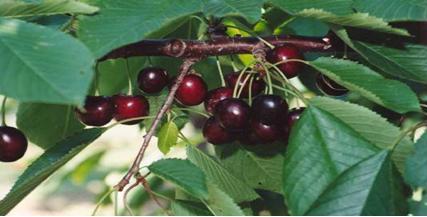
Figure 3.2.: Hedelfingen (Source: www.omafra.gov.on.ca)
Regina: A cultivar of German origin. Ripens very late. Cherries are large, crunchy, tasty, not susceptible to cracking, can be stored well. Self-sterile, late-flowering, there can be problems with its fruitfulness.

Figure 3.3.: Regina (Source: www.dobies.co.uk)
Stella: The first self-fertile sweet cherry cultivar, it was bred in Canada. Its large, heart-shaped fruits ripen mid-late. Fruits are in a dense position, crack in rainy weather, therefore are susceptible to Monilia.
The tree has an upright branch system, moderately-highly vigorous.
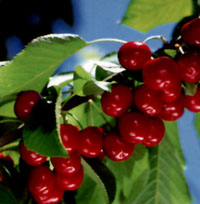
Figure 3.4.: Stella (Source: www.goodnewsgardening.com)
Van: A sweet cherry cultivar bred in Canada. Medium-late ripening, the fruits are medium large, crunchy, with a featureless taste, have a typically short stem. Susceptible to oversetting, thinning is recommended. Self-sterile.
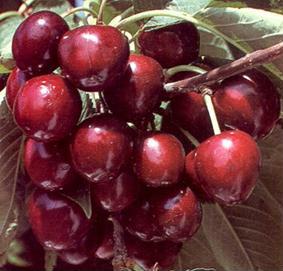
Figure 3.5.: Van (Source: www.grobenursery.com)
Kordia: A late-ripening Czech cultivar. Its fruits are large, dark red, bright, heart-shaped, firm, have a sweet taste, less cracking. Suitable for fresh consumption and compote production as well. The tree is vigorous.
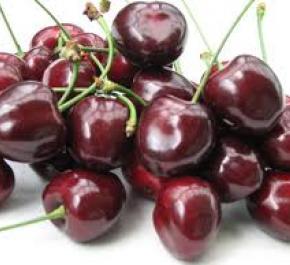
Figure 3.6.: Kordia (source: www.fruitgarden.org)
Techlovan: It was bred in the Czech Republic. Has large fruits, not susceptible to cracking, dark-skinned, the fruits are tasty. Ripens in the medium period. Self-sterile.
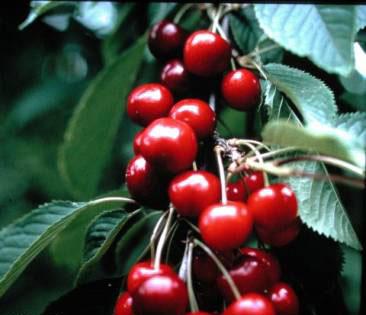
Figure 3.7.: Techlovan (source: www.artevos.de)
Cultivars popular in North America:
Bing: This cultivar was born in 1875 in the USA, as a result of cross-breeding. Large-fruited, the skin is bright red, crunchy, has a sweet taste. Ripens in the medium period, self-sterile. Susceptible to cracking, which is intended to be eliminated in newly bred cultivars.
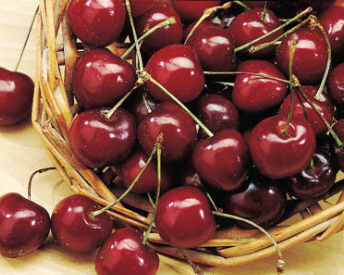
Figure 3.8.: Bing (source: http://www.millernurseries.com)
Rainier: A blushed sweet cherry, covered by pink in a yellow skin, the taste is particularly sweet. Sensitive to ecological conditions: not suitable for windy habitats with a cold winter. Ripens in the medium period, self-sterile. It is popular not only in America, but in Japan as well.
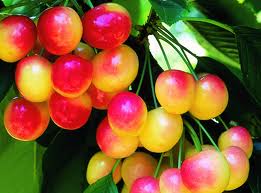
Figure 3.9.: Rainier (source: http://goodfruitguide.co.uk)
Lapins: A late-ripening, self-fertile variety. Its skin is dark red, with firm flesh and a sweet taste.
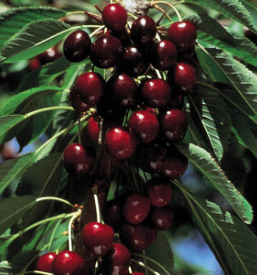
Figure 3.10.: Lapins (source: http://www.millernurseries.com)
Sumtare (Sweetheart ® ): It was bred in 1975 in Canada, but it is still popular, which is proved by tha fact, that this cultivar won the 2012 award of the American Horticultural Society. This late-ripening cultivar with bright fruits, the skin is dark red, crunchy, juicy, has a very firm flesh texture, self-fertile. The tree is slightly vigorous, with a spreading habit, can easily be formed.
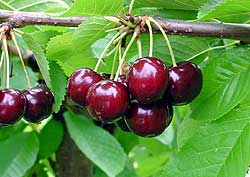
Figure 3.11.: Sumtare (Sweetheart®) (source: http://www.agf.gov.bc.ca)
3.3.2. Sour cherry
Montmorency: A popular cultivar of the USA and Canada, common also in Western Europe. This old variety originates from France. The fruits are consumed mostly after processing, they have a bright light red skin, amarella-type, the taste is bitterish-acidic. The fruit flesh is yellow, with a colourless juice. Because of its fruit characteristics, it is preferred in cakes. Used for concentrate and dried fruit production as well. Self-fertile, high-yielding.
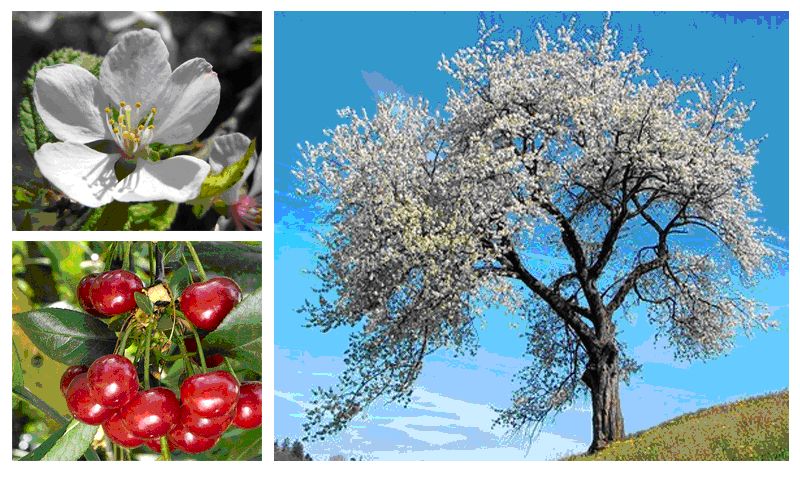
Figure 3.12.: Montmorency (source: http://www.mi-cherries.com)
Schattenmorelle: A cultivar of German origin, widely grown in Western Europe. Its medium large fruits are dark red, the flesh is red, moderately dyed. As the taste is acidic, it is used mostly for compotes and fruit juices. Late-ripening, high-yielding, self-fertile cultivar, the tree is susceptible to Blumeriella leaf spot and Monilia disease.
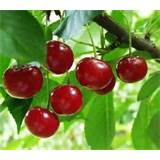
Figure 3.13.: Schattenmorelle (source: http://www.bordeaux.inra.fr)
Kelleriis 16: A cultivar bred in Denmark, grown in many places of Europe. Its fruit is dark red, dyed, juicy. Self-fertile, high-yielding. Suitable mostly for food industrial purposes.

Figure 3.14.: Kelleriis 16 (source: http://www.sciencephoto.com)
3.4. New cultivars
3.4.1. Sweet cherry cultivars
Early Bigi®: Bred in France, this is the earliest sweet cherry cultivar among those participating in the world’s sweet cherry cultivation. The fruits are large, with soft flesh, acidic, susceptible to cracking. The tree is highly vigorous. Self-sterile.
Summac (Sweet Valentine ® ): A mutation of cultivar ‘Lapins’. Patented in New Zealand. Late-ripening, the fruits are large, dark red, kidney-shaped, the flesh is firm, juicy, very sweet, has a moderate acid content. The tree is highly vigorous with a half-upright habit.
Stardust: The fruits are similar to those of ‘Rainier’ but yields later. Accommodates better to extreme climatic conditions, self-fertile.
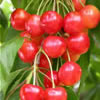
Figure 3.15.: Stardust (source: http://www.picocorp.com)
Skeena: It was bred in Canada, medium-late-ripening, the fruits are shiny, large, crunchy. Has a sweet taste. Self-fertile, high-yielding. As an advantage, it is not susceptible to cracking.
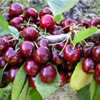
Figure 3.16.: Skeena (source: http://www.picocorp.com)
Staccato: Ripens very late, has a very sweet taste, bred in Canada, self-fertile. The fruits are large, with a firm flesh, the skin is dark red.
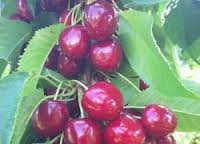
Figure 3.17.: Staccato (source: http://www.littlechurchorganics.com)
Starblush: A very large-fruited blushed sweet cherry, the red cover colour has an intensive contrast to the yellow ground colour. The fruits are very sweet.
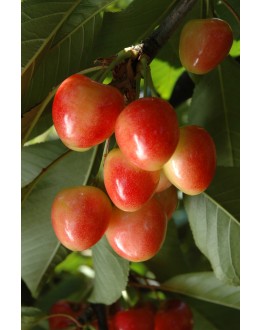
Figure 3.18.: Starblush (source: http://www.ips-plant.com)
Sylvia: A cultivar bred in Canada. Ripens in the middle of the season. It is good yielding, its fruits are 25-27 mm in diameter, weigh 8-9 g, globose and have a dark skin. Its flesh firmness is good, not susceptible to cracking, has a good taste. Stores very well, susceptible to Monilia. Self-sterile. The cultivar’s advantage, that its tree is less vigorous, compact.
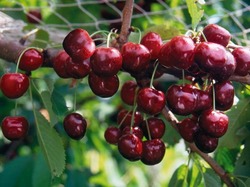
Figure 3.19.: Sylvia (source: Arno Orchard Nursery)
Canada Giant: A cultivar of the Canadian breeding program. Its fruits are very large, dark red, shiny, heart-shaped. Less susceptible to cracking, sweet, pleasing, has a flavoured taste. The tree is highly vigorous, develops an upright canopy.
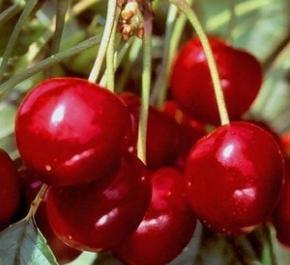
Figure 3.20.: Canada Giant (www.johan-nicolai.com)
Samba: It was bred in Canada. Ripens in the medium period, the fruits are deep red, large, slightly susceptible to cracking. It has a good fruitfulness, self-fertile. Fruits can be left on the tree without quality loss. The tree is slightly vigorous, sets with a lot of fruiting parts.
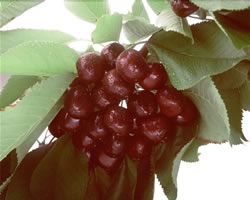
Figure 3.21.: Samba (source: www.picocorp.com)
Cultivars bred in Italy:
Sweet Early™: An advantage, that it is a very early cultivar, ripens 2-4 days before ‘Bigarreau Burlat’. The skin is red, the flesh is pink. It has a medium firm flesh, sweetish. Self-fertile, high-yielding. Develops a vigorous, upright canopy.

Figure 3.22.: Sweet Early™ (source: http://agronotizie.imagelinenetwork.com)
Black Star: Ripens in the medium period. Its fruit is large, dark red, heart-shaped. The fruit flesh is very firm, its taste is very sweet, clingstone. Resistant to cracking. Self-fertily, very high-yielding.
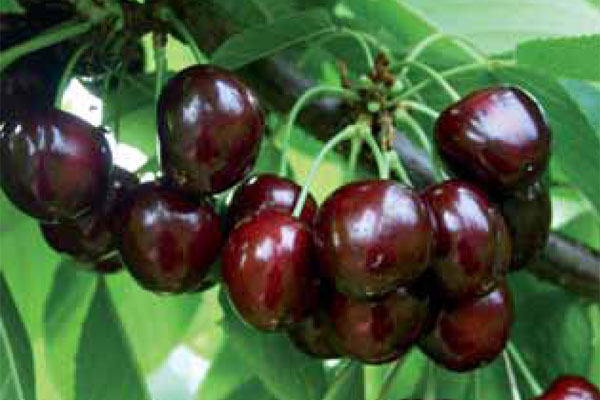
Figure 3.23.: Black Star (source: http://www.agricoltura24.com)
Big Star: Ripens in the medium-late period, its skin and flesh are both red.
The fruits are large, shining red, the flesh is moderately firm, juicy. Self-sterile variety, with reliable yield.
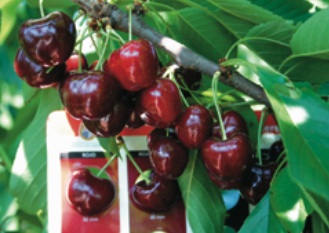
Figure 3.24.: Big Star (source: http://www.vivaitopplant.it)
Grace Star: Ripens in the medium-early period, its large, heart-shaped, uniform fruits are red, the flesh is pink. Has a long stem, the fruits are half freestone, tasty, sweet-acidic. Self-sterile variety.
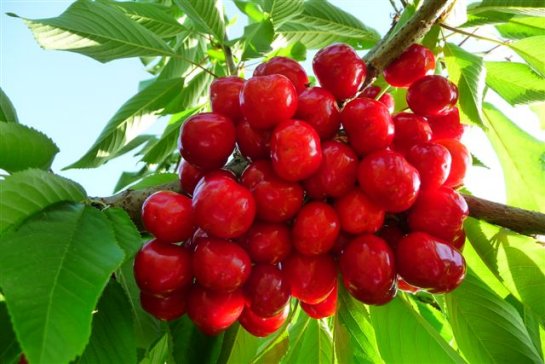
Figure 3.25.: Grace Star (source: http://campodeifrutti.it)
3.4.2. Sour cherry cultivars
Oblacinska: This is a popular cultivar in the territory of the former Yugoslavia. Its fruit is dark red, small (16-17 mm), with a dyed juice. The taste is fresh, acidic-sweet. Develops a globose, small, dense canopy. Its fruits are the raw material for chocolate liqueur cherry pralines, and can be used for juice production as well.
Cultivars bred in Germany (in Dresden, in the present Julius Kühn Institut):
Coralin: a novelty bred in the research institute of Dresden. Its medium early fruits are medium large, dark red, separate easily from the stem, therefore suitable for machine harvest. Its resistance to leaf diseases is an advantage. Its shoots are not susceptible to leaflessness.
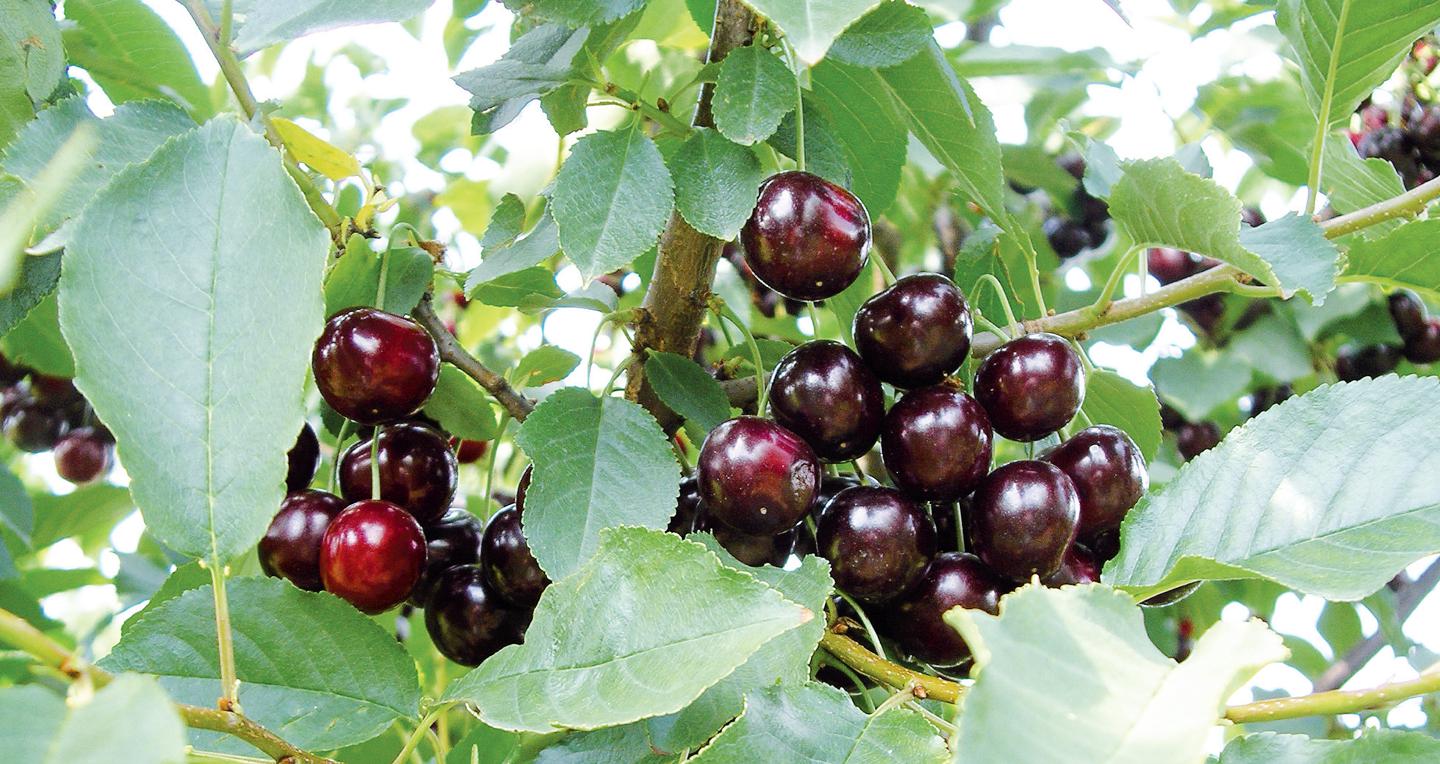
Figure 3.26.: Coralin (source: http://www.jki.bund.de)
Spinell: A sour cherry cultivar with very large, dark red and sweet fruits.
Susceptible to Monilinia branch necrosis. Partly self-sterile, has a good fruitfulness.
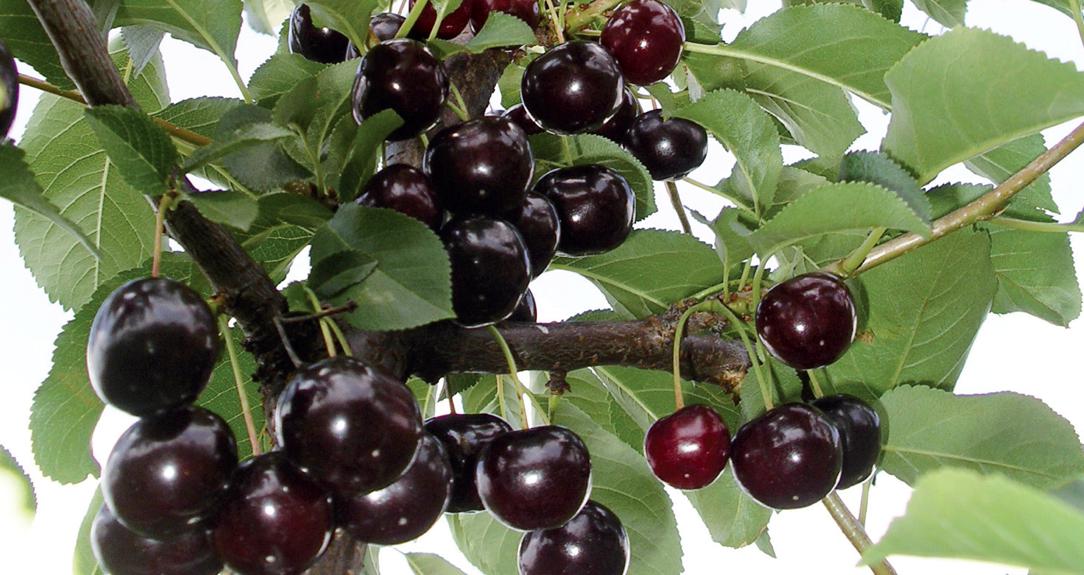
Figure 3.27.: Spinell (source: http://www.jki.bund.de)
Jade: The fruits are large, tasty, sweet-acidic. The kidney-shaped fruits are dark red. Late-ripening, self-fertile, high-yielding. Slightly susceptible to Monilinia branch necrosis and susceptible to Blumeriella leaf spot.

Figure 3.28.: Jade (source: http://www.jki.bund.de)
Rubellit: Late-ripening cultivar with medium large fruits. Its deep red fruits have an acidic taste. Its slight susceptibility to leaf spot and Monilinia is an advantageous characteristic.

Figure 3.29.: Rubellit (source: http://www.jki.bund.de)
Control questions:
1. What are the aims of sweet cherry breeding regarding fruit quality?
2. What are the disadvantageous characteristics of early-ripening sweet cherry cultivars?
3. What is the difference between the sweet cherry variety use of Europe and America?
4. What is the difference between the sour cherry variety use of Europe and America?
5. Where can we find sweet cherry breeding in the world? Describe the features of each country in this respect!
6. Where can we find sour cherry breeding in the world? Describe the features of each country in this respect!
7. Describe a European new sweet cherry cultivar!
8. Which new sour cherry cultivars do you know? Describe one of these!
9. Specify and describe some sweet cherry cultivars popular in America!
10. Which is the most popular sour cherry cultivar in Western Europe?
11. Where can we find sour cherry resistance breeding in Europe? Describe some cultivars!
12. Which sour cherry cultivar is suitable for chocolate liqueur cherry praline production?
References:
Eris, A., Lang, G.A., Gulen, H., Ipek, A. (2008): Proceedings of the Fifth International Cherry Symposium. Acta Horticulturae 795.
Good Fruit Grower periodical, issues May-June 2012
Hrotkó, K. (2003): Cseresznye és meggy. (Sweet and sour cherry) Mezőgazda Kiadó, Budapest.
Iezzoni, A.F. (2008): Cherries. In: Hancock, J.F. (ed): Temperate Fruit Crop Breeding. Springer Science+Business Media B.V. p 151-175.
Long, L.E., Whiting, M. and Nuñez-Elisea, R. (2007): Sweet cherry cultivars for the fresh market. A Pacific Northwest Extension Publication, Oregon State University, 10 pp.
Lugli, S., Musacchi, S., Grandi, M., Bassi, G., Franchini, S., Zago, M. (2011): The sweet cherry production in northern Italy: innovative rootstocks and emerging high-density plantings. Proceedings of the 3rd Conference „Innovations in Fruit Growing“, Belgrade, p75-92.
National Food Chain Safety Office (NÉBIH/NFCSO) department of cultivar evaluation, personal information
Pérez-Sánchez, R., Gómez-Sánchez, M.Á., Morales-Corts, M.R. (2010): Description and quality evaluation of sweet cherries cultured in Spain. Journal of Food Quality 33: 490–506.
Tóth, M. (1997): Gyümölcsészet. (Pomology) Primom Kiadó, Nyíregyháza.
Tóth, M. (2009): Gyümölcsfaj- és fajtaismeret. (Fruit species and cultivars) Egyetemi jegyzet. BCE Gyümölcstermő Növények Tanszék, Budapest.
www.jki.bund.de - Homepage of the Julius Kühn Institute, Dresden

